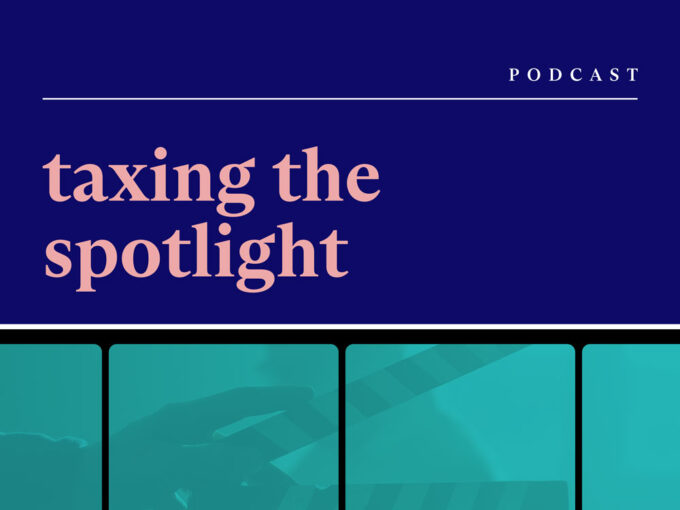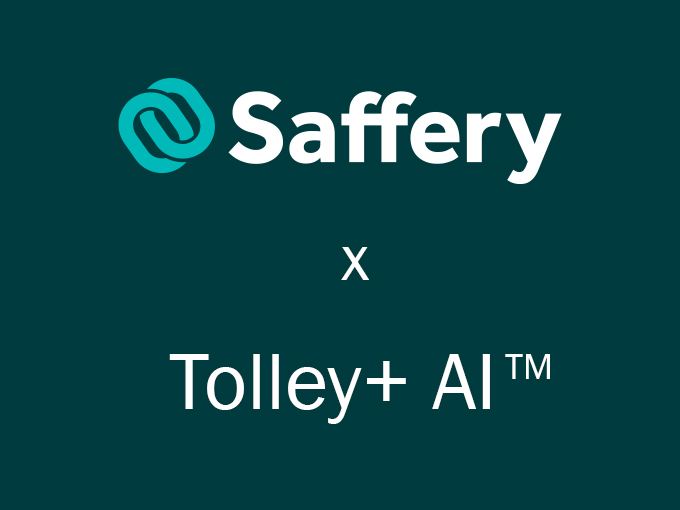As HMRC celebrates its 20th anniversary this month, we reflect on how we have worked with the tax authority to ensure tax legislation operates as intended, guidance is clear and processes are user-friendly.
Born in April 2005, HM Revenue and Customs (HMRC) was formed by a merger of the Inland Revenue and HM Customs and Excise. Over the last 20 years, we have experienced significant changes including the introduction of new taxes, increased digitisation, the devolution of some tax powers to Scotland and Wales, and more information sharing with overseas tax authorities.
Saffery work closely with HMRC to help our clients navigate tax changes and achieve their objectives. Some examples of these types of interaction are summarised below.
Consultation responses
We regularly make written submissions on HMRC and other government department consultations relevant to our clients. We’re currently working on responses to these consultations:
- Reforms to inheritance tax reliefs: consultation on property settled into trust, and
- Promoting electronic invoicing across UK businesses and the public sector.
Once we’ve submitted our responses, you’ll be able to read them on our website.
Our recent submissions include:
- Comments on the consultation on further conditions for carried interest to be treated as qualifying,
- Comments on the call for evidence on the tax treatment of carried interest,
- Comments on proposals on the transparency of land ownership involving trusts, and
- Comments on draft regulations and notices to implement the Making Tax Digital for income tax (MTD ITSA) programme.
We also work closely with our clients to understand how these potential tax changes could affect them, enabling them to plan and make decisions more effectively.
Professional bodies and HMRC forums
We actively contribute to discussions that impact taxpayers, by working alongside professional bodies such as the Institute of Chartered Accountants in England and Wales (ICAEW) and the Chartered Institute of Taxation (CIOT). For example, Peter Harker is a committee member of the ICAEW’s Farming and Rural community and Alexis Enright, is on the CIOT’s Indirect Taxes Committee.
Through our representatives on several of HMRC’s engagement forums, we are able to enhance HMRC’s understanding of the needs of taxpayers, which is particularly important when tax policies are being developed. Our involvement helps us remain at the forefront of developments. Recently, for example, Alexandra Britton-Davis has been working with HMRC and others on the changes to the taxation of non-UK domiciled individuals. This engagement provided HMRC with feedback, insight, challenge and expertise as it develops guidance to help taxpayers understand the changes.
Making Tax Digital
Making Tax Digital (MTD) is the biggest change to tax compliance since HMRC was formed. It’s a core part of HMRC’s strategy to modernise the tax system and it’s in all our interests to ensure it’s rolled out successfully.
MTD for income tax (MTD ITSA) will be compulsory from 6 April 2026 for sole traders and landlords with annual business and/or property income over £50,000. Those with such income over £30,000 a year will follow a year later. We have been fully engaged with HMRC throughout the development process and will continue to work closely with them as MTD ITSA is implemented. We also work closely with clients on how best to prepare for these changes, such as by ensuring suitable digital records are in place and planning how submissions will be made. To find out more about MTD ITSA see our article MTD for income tax: what you need to know.
Get in touch
We help personal and corporate clients structure their affairs and meet their tax obligations in a practical, commercial way tailored to their circumstances. If you would like to see how Saffery can support you, please speak to your usual Saffery contact or get in touch with Sean McGinness.
Contact us
Partner, Edinburgh
Key experience










